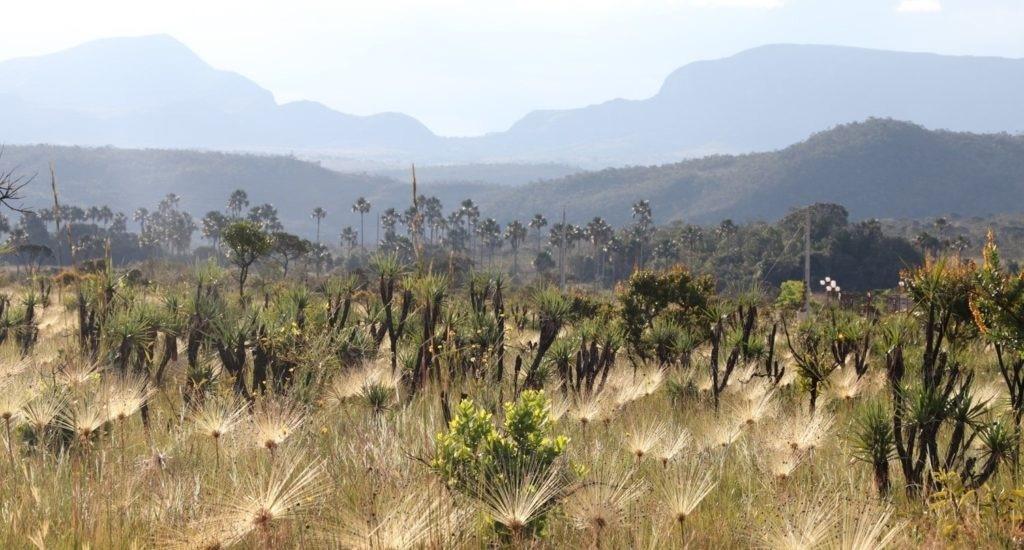Brazil must maintain and restore its dry forests and savannas to meet its climate goals, says recent research.
 Cerrado savanna. Image Credit: Tim Hill.
Cerrado savanna. Image Credit: Tim Hill.
Attention is frequently focused on the Amazon rainforest, neglecting the harm and loss of these seasonally dry biomes, which possess tremendous biodiversity and carbon stores, both in Brazil and across the world.
According to the latest study, spearheaded by the universities of Exeter and Campinas, cost-effective restoration of savannas and dry forests might lock in 1.5 billion tons of carbon over the next 100 years.
However, restoration takes time, and scientists believe maintaining current ecosystems is the best choice for Brazil to meet its climate targets by 2030.
Ongoing land-use change—especially the destruction of ecosystems to create agricultural land—makes Brazil the world’s fifth-biggest greenhouse gas emitting country. But Brazil also has huge potential for ecosystem restoration. Focus on the Amazon is understandable, but this has often simply displaced the problem of ecosystem destruction to the Cerrado (savanna) and the Caatinga (dry forest).
Dr. Lucy Rowland, Global Systems Institute, University of Exeter
Dr. Lucy Rowland adds, “This has been done on the assumption that these ecosystems are worthless—when in fact they have plant species diversity that rivals the Amazon. There is huge potential to restore these areas without negative impacts of food production or people’s livelihoods.”
Global carbon markets make large-scale restoration financially feasible.
To analyze the prospective costs and benefits of restoration, the study linked carbon prices with information like land availability and carbon storage for 5,475 Brazilian municipalities.
We argue that even with a sole focus on carbon, we must restore other tropical biomes – not just rainforests. Adding dry forests and savannas doubles the area which could be restored in a financially viable manner. Importantly, we show that conservation will be essential for Brazil to achieve it’s 2030 climate goal, because it can sequester up to 1.1 billion tonnes of carbon.
Dr Fernanda de Vasconcellos Barros, University of Exeter
Dr. Fernanda de Vasconcellos Barros concludes, “Restoration takes longer, and so can have less impact by 2030, but in the long term restoration of all biomes can draw down about 1.1 to 2.7 billion tonnes of carbon by 2050–80.”
The new research was funded by the Natural Environment Research Council (NERC) and the São Paulo Research Foundation (FAPESP).
Journal Reference:
Barros, F. de. V., et al. (2023). Cost-effective restoration for carbon sequestration across Brazil’s biomes. Science of the Total Environment. doi.org/10.1016/j.scitotenv.2023.162600.